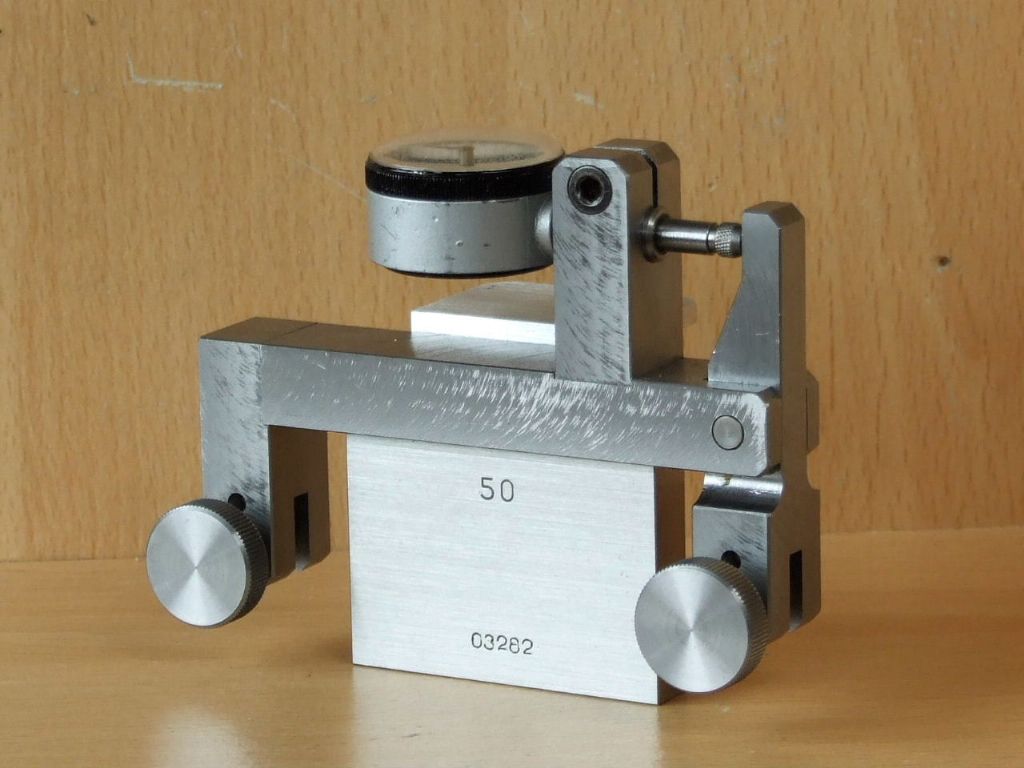Breaking bandsaw blades
Breaking bandsaw blades
- This topic has 51 replies, 23 voices, and was last updated 4 December 2019 at 17:01 by
ega.
- Please log in to reply to this topic. Registering is free and easy using the links on the menu at the top of this page.
Latest Replies
Viewing 25 topics - 1 through 25 (of 25 total)
-
- Topic
- Voices
- Last Post
Viewing 25 topics - 1 through 25 (of 25 total)
Latest Issue
Newsletter Sign-up
Latest Replies
- High strength 4mm steel?
- Readability / clarity in new combined magazine
- Offen screw type telescopic gauge.
- New (old!) member
- New member looking for help
- Amadeal AMABL210E Review – Any Requests?
- My experiences with an ELS lathe
- TurboCAD Snaps and Dimensioning?
- Meddings MF4 Manual
- All things Beaver Mill







